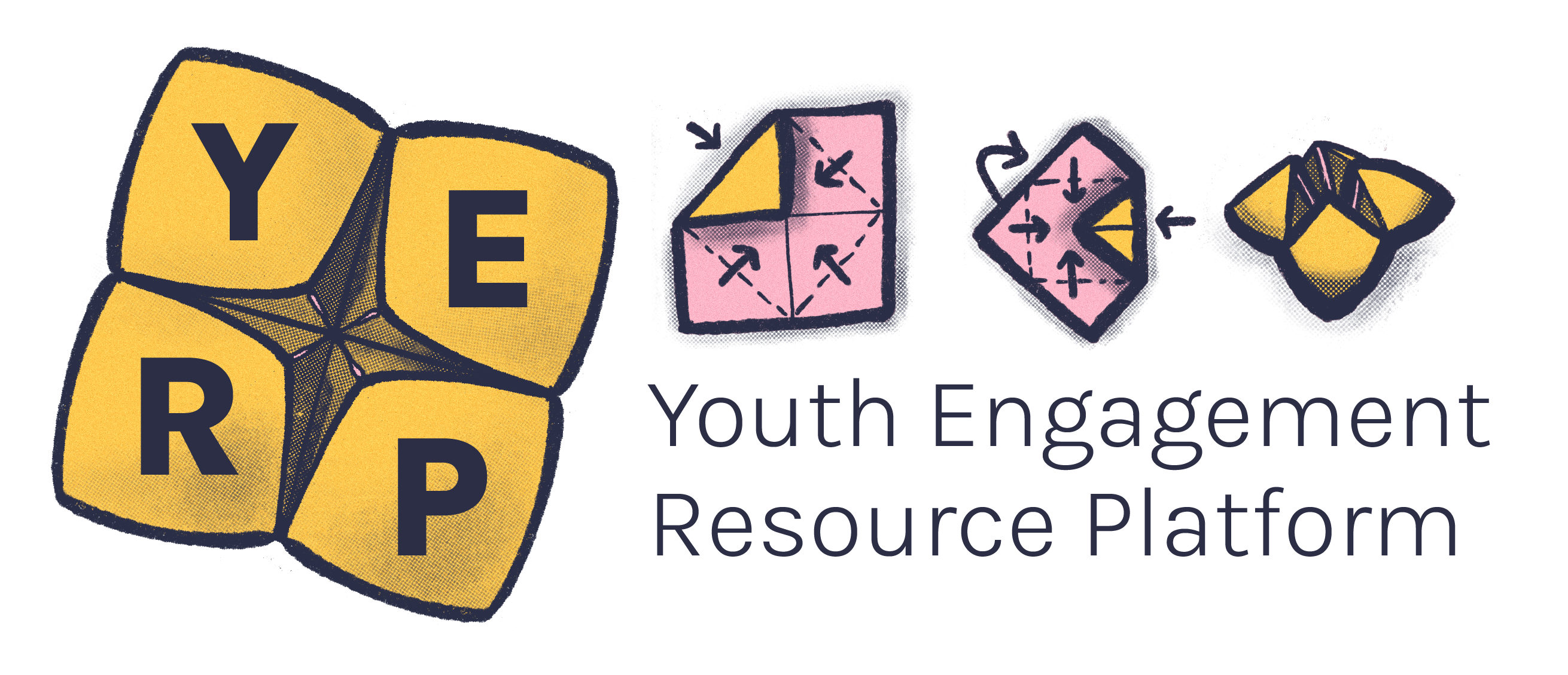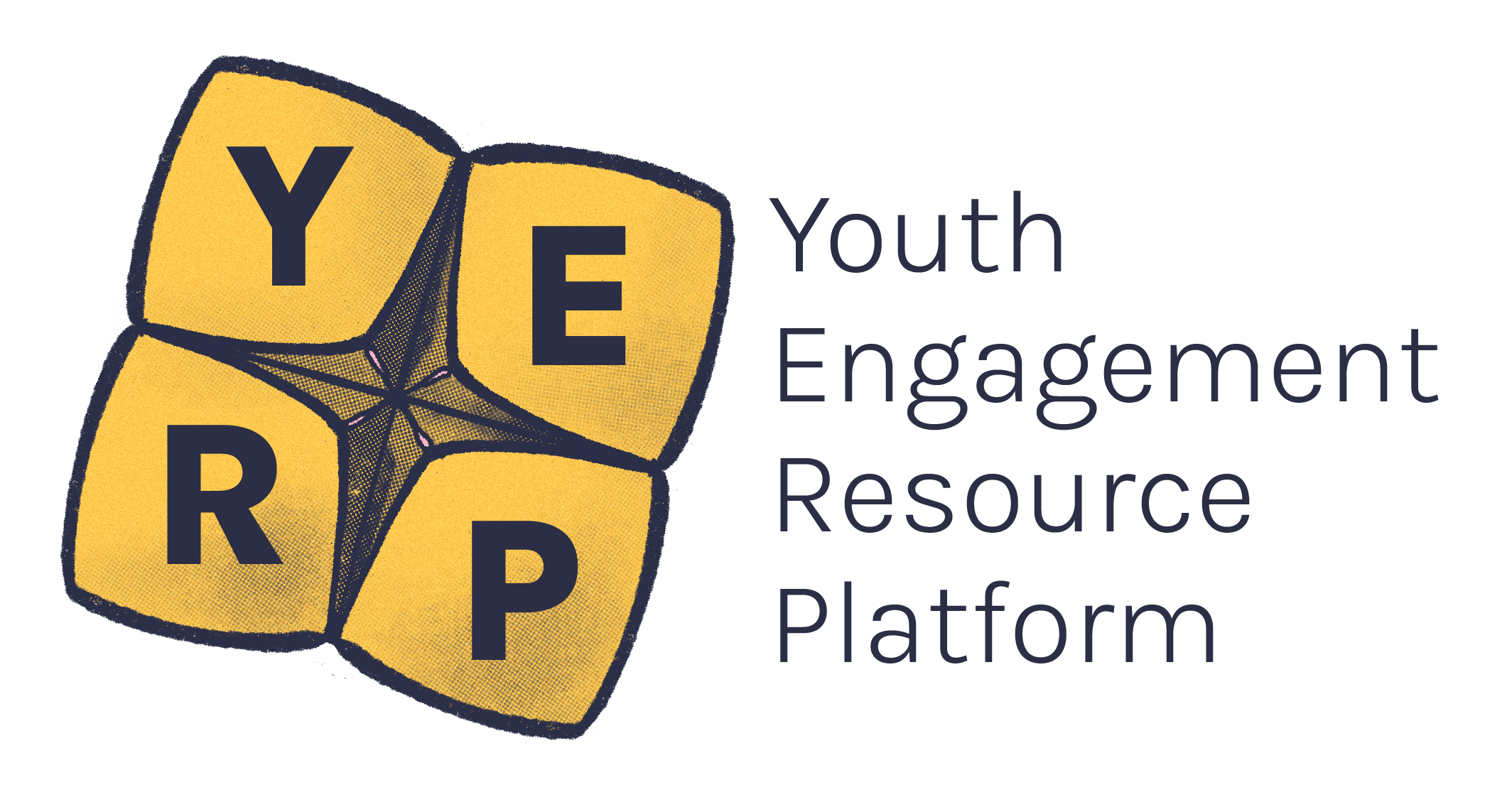This document is designed as a guide only and cannot cover the whole range of disclosures that may occur in your work with young people. Please make sure you refer to the policies and procedures of your organisation. For general tips please read on.
As a new worker or a young person who works with young people, it may be confronting when a young person reveals a distressing or traumatic event they have experienced or are experiencing.
- Disclosures can be serious, and you may have reporting requirements.
- It could also be upsetting for you or others and risk causing Second-hand trauma from hearing someone else’s trauma.vicarious trauma, so it’s important to know how to respond to a disclosure.
Being transparent about your legal reporting obligations with a young person is best practice youth work. Check out our resource around duty of care, mandatory and safe reporting obligations.
When you start working with a young person:
- Talk to them about privacy and confidentiality and what type of situations you may need to share their information in. This will vary if they're under or over 18 and depends on the disclosure/situation.1
- If your organisation is in any of the Information Sharing Schemes let the young person know who their information may be shared with.
- Let them know that you’re legally obligated to report disclosures when you think they may be at risk of harm or harming someone else.1
- Be honest so that you can build a professional relationship and young people know you‘re someone they can trust.
- If a young person understands the rules and feels you're being open with them, they may be more inclined to make a disclosure.1
- By clarifying the parameters of what youth workers treat as confidential, it means everyone is on the same page and you can move forward with the professional relationship.1
When you begin to work with a young person, you could say this...
"As a worker, I have a duty of care and legal requirement to support your safety while we work together. Anything that you say to me will stay confidential, unless you’re at risk of harming yourself or harming someone else, or I have concerns about your safety or those of another person. You should also be aware that there are certain organisations who I may need to share this info with to keep you safe. If I am worried about any of those things, I may have to tell someone about it depending on how serious it is. Does this make sense? I know it sounds serious but it’s a legal requirement and part of my role and is there to help keep you safe.
Please let me know if you have any questions."
If you've read a young person’s case notes and you know that they've been in contact with various support workers before, you could say this...
"Before we begin, I just want to ask if you’ve heard about confidentiality and duty of care?"
If they respond 'yes', you can ask: "Ok great, can you tell me a bit about what you know?"
Depending on the young person’s answer, you may need to fill them in on any missing information. This approach is knowledge and understanding of how trauma affects people's lives.trauma-informed and allows the young person to share power and voice within the relationship.
There are a few topics that young people could potentially make a disclosure when discussing, such as:2
- Family or home life, including residential care
- Sexual relationships
- Friendships
- Mentor relationships (coaches or community leaders)
- Mental health
- Online gaming
- Their finances
- Their employment (for example, workplace bullying, harassment and discrimination)
- Alcohol, drugs and gambling
This is not to say that every young person will make a disclosure every time they talk about these topics, or to suggest that disclosures don’t occur outside of these topics.
But when these topics do come up, it’s good to be mindful that a disclosure may occur. Keep an ear out because perpetrators of abuse are almost always known to the young person and/or have a close relationship with them.3
Possible disclosure scenarios
Scenario 1
Some young people know the consequences of a report being made and may not feel comfortable or safe enough with you to share.
- Remind them that they don’t have to tell you anything they’re not comfortable to share, but if they do, you will do what you can to support them.
- Remind them of confidentiality and that information is only shared in the interest of their wellbeing.
- Clearly talk through the steps you will take if they make a disclosure.
Scenario 2
Some young people may not be aware they’ve disclosed something, or will casually skim over or dismiss something.gloss over a disclosure.
- If a disclosure has been made and the young person didn’t mean to or didn’t realise, your obligations are still the same.
- Clearly talk through your obligations and what you'll need to do now.
Some signs of a potential disclosure:
- When talking to a young person you might notice that they become closed off when talking about certain topics.4
- They may respond with only a few words, tense up, or change the subject
- The Government of South Australia lists possible signs and indicators of harm or abuse. Keep an eye out for these.
Protective interrupting is a strategy to prevent a young person from disclosing something if they’re in front of other young people or in a public space. If you get the sense a young person is about to disclose, it’s best to try to jump in before they do.5
You could say something like:
“Hey (insert young person’s name) that sounds important. I would really like to hear more about it, but I think it would be best if we went somewhere quieter so we can chat it through properly.”
- You have a duty of care for all young people in the space, not just the one who is disclosing.
- Do what you can to stop a young person before they disclose traumatic information in front of a group of people that may embarrass them later or that could be distressing to others.5
- Protective interrupting will also give you the chance to be transparent about what will happen if a disclosure is made.5
Check out the Australian Institute of Family Studies infographic on ways to respond to a disclosure. They outline three ways to respond to a young person’s disclosure:6
- listen
- reassure
- respect
Kids helpline also have some great tips on what you should do if a disclosure is made. Some of these include:7
- Check how they are feeling about their safety
- Respect the they may only tell you some (not all) details
- Be calm, patient and listen carefully
- Acknowledge their feelings
- Let them tell you in their own words what happened and how they felt
- If you don’t know an answer to a question, be open about this and let them know you’ll find out for them
- Ask open questions like: What happened? How often does it happen?
- Listen with empathy and support
- Ensure your body language is open and calm
- Remain professional
- Validate the young person’s emotions and experiences and let them know that what is happening to them is not their fault.
- Let them know that if you aren’t best placed to provide them with the services they need, you will put them in touch with someone who is and that you can remain a support person for them if they want you to.
Ideally, yes.
- Case notes are important when someone is making a disclosure.
- They provide an accurate record of the disclosure and can be helpful for evidence and if action needs to be taken.
- They should be detailed, objective and contain only relevant information, in case other workers access the young person’s file.
- If someone is making a disclosure, you should gently interrupt the person and ask them if it's okay to take notes. Explain that notes are helpful when getting them the care they need and also when trying to remember what was said in the future.
- If they say no, you need to respect this.
- Explain that regardless of whether you take notes, you may still need to tell someone.
Reporting
For information on reporting, read through our duty of care, mandatory and safe reporting resource. Please also refer to the child safe policies and procedures of your own organisation.
Debrief
Schedule in some time with your manger or supervisor to debrief about the disclosure.
While maintaining the young person's confidentiality, you might also like to debrief with a colleague, friend, or trusted person in your life to help process this experience and receive emotional support.
Follow up
Plan which follow-up actions are needed. These could include:
- Checking in with the young person
- Connecting them with suitable supports
- Developing a safety plan
- Updating the young person and helping them navigate the process of a new service
If you passed on the disclosure to someone else to make a report, follow up with them to ensure it’s been lodged.
For example, if you’re delivering a session to school students and one of the young people disclose that their parents are neglecting them, you should notify the school so they can make a report. Follow up the next day to make sure the report was lodged and if not, make the report yourself.
Self-care
Disclosures can bring up a range of emotions. Make sure to:
- Take part in self-care activities that work for you
- Remind yourself that you upheld your legal responsibilities to protect the young person’s safety and wellbeing, even if it’s upsetting for them in the short-term.1
- Check in with your supervisor/managers
- Engage with your EAP service (if you have one)
- D’Arcy, E. (2016). A framework for the inclusion of ethics in youth work education and training. National Youth Council of Ireland. https://www.youth.ie/wp-content/uploads/2019/03/A-Framework-for-the-Inclusion-of-Ethics-in-Youth-Work-Education-and-Training.pdf
- Government of South Australia. (n.d). Indicators of harm or risk to children and young people. https://www.childprotection.sa.gov.au/reporting-child-abuse/indicators-abuse-or-neglect
- Australian Child Maltreatment Study. (2023). National prevalence of child maltreatment in Australia. https://www.acms.au/findings/
- Government of South Australia. (n.d). Indicators of harm or risk to children and young people. https://www.childprotection.sa.gov.au/reporting-child-abuse/indicators-abuse-or-neglect
- Department of Health. (n.d.). Protective Interrupting. Growing and Developing Healthy Relationships. https://gdhr.wa.gov.au/guides/what-to-teach/protective-interrupting
- Australian Institute of Family Studies. (August 2022). Responding to children and young people’s disclosures of abuse. https://aifs.gov.au/sites/default/files/2022-08/disclosure-infographic.pdf
- Kidshelpline. (2023). Responding to disclosures of child abuse. https://kidshelpline.com.au/parents/issues/responding-disclosures-child-abuse





